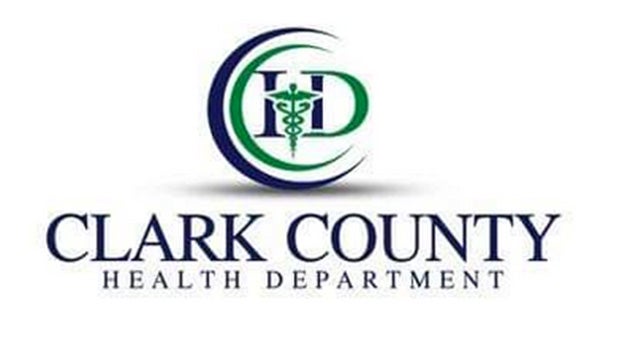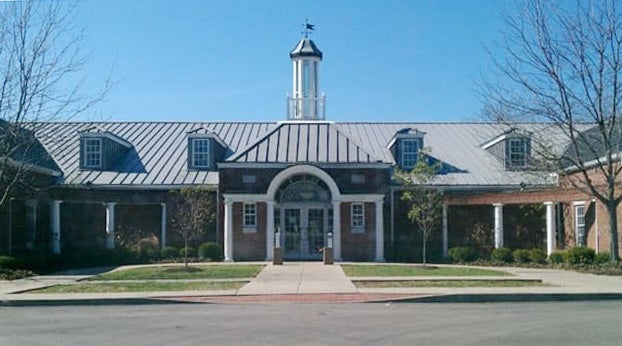On the trail of Winchester’s black history
Published 10:28 am Friday, February 21, 2020

- Pete Koutoulas is an IT professional working in Lexington. He and his wife have resided in Winchester since 2015.
Recently, I decided to finally do something I’d been meaning to do for some time.
I was downtown walking around and decided to tour the African American Heritage Trail.
The trail was established in the downtown area by the Winchester Black History and Heritage Committee. The trail consists of eight waypoints or stations which stand at historically-significant locations around the downtown area.
Since I was already on the rear lawn of the courthouse just off Wall Street, I started my tour there. I grabbed a brochure from the display and snapped a photo of the orientation map to refer to as I walked the trail.
The first thing I noticed was that the various stations along the trail are ordered roughly chronologically, not geographically. This means taking the path in order from stations 1 through 8 causes you to zigzag amid the downtown area, often backtracking and retracing your steps. If you’re short on time, you might want to re-order your trek.
The first stop is Heritage Park at 131 W. Washington St., near the intersection of Maple Street. Like all the other stations along the trail, this one features a double-sided plaque with information about the particular location.
This stop commemorates the black business district that once thrived along West Washington Street. According to the plaques at the site, this area — known as Poynterville — once contained dozens of businesses owned and run by black entrepreneurs. These firms included grocery and retail stores, professional offices, restaurants, schools, pool halls and many more.
Nearby I found station 2, at 43 N. Maple St., near the present-day location of Central Bank. Here I learned much about life during pre-emancipation times for black folks in Winchester.
Just before the Civil War, about 5,000 enslaved people — some 40 percent of the population of Clark County at the time — called this county home. There were “slave auctions” right here in our county.
Imagine that — human beings being bought and sold like cattle.
I also learned about successful black merchants, soldiers and farmers. People like Peter Bruner, Moses Robinson, Aaron Abbott and Fanny Cole.
Next, I headed to station 3, at 121 W. Broadway St. — the site of Broadway Baptist Church, now known as Broadway Missionary Baptist Church. Here I learned more about the reasons for the separate communities for black folks.
It was during the post-Civil War “Jim Crow” era that most American cities — including Winchester — had segregated schools, churches, businesses and recreation areas. On Winchester’s thriving Main Street business district, blacks were not welcome.
I learned about local African American civil rights pioneers such as Jennie Bibbs Didlick and the Rev. Henry Baker.
Baker was a pastor, city commissioner and member of the Kentucky Civil Rights Hall of Fame. He helped integrate Winchester’s schools in 1956. Today, Baker Intermediate School stands as a tribute to his tenacity.
Speaking of churches, station 4 stands a few blocks east at Broadway and Highland streets, commemorating early African-American churches in Winchester.
Before the Civil War, enslaved blacks had to worship at the churches of their white masters. But following emancipation, the freed people naturally desired to form their own congregations. Several such churches were founded in the North Highland area during that era.
The first of these was Allen Chappel, established in 1866. The structure still stands at E. Broadway and N. Highland streets, where the plague for station 4 is placed. Some others included the First Baptist Church and Clark Chappel, both nearby.
It was here I also learned about another prominent local black congregation, Providence Missionary Baptist Church. This church was actually a rural one, located on Lower Howard’s Creek off Boonesboro Road on what is today known as Old Stone Church Road.
Providence is thought to be the oldest structure in Kentucky continuously in use as a church. The first church in Clark County — formed originally by whites — the congregation accepted its first black member in 1786, making it an outlier as one of the earliest integrated churches in the state.
Nearly a century later, 19 black members withdrew from Providence to form their own congregation. Then in 1872 — after the white members moved to a new building — they purchased the original stone structure and returned to worshipping there. The church still meets today in that old stone building on Lower Howard’s Creek.
It looks like I’m out of space, and we’re only halfway through the tour. We’ll take up where we left off next week.
Pete Koutoulas is an IT professional working in Lexington. He and his wife have resided in Winchester since 2015. Pete can be reached at pete@koutoulas.me or follow him on Facebook at fb.me/PeteTheSun.





